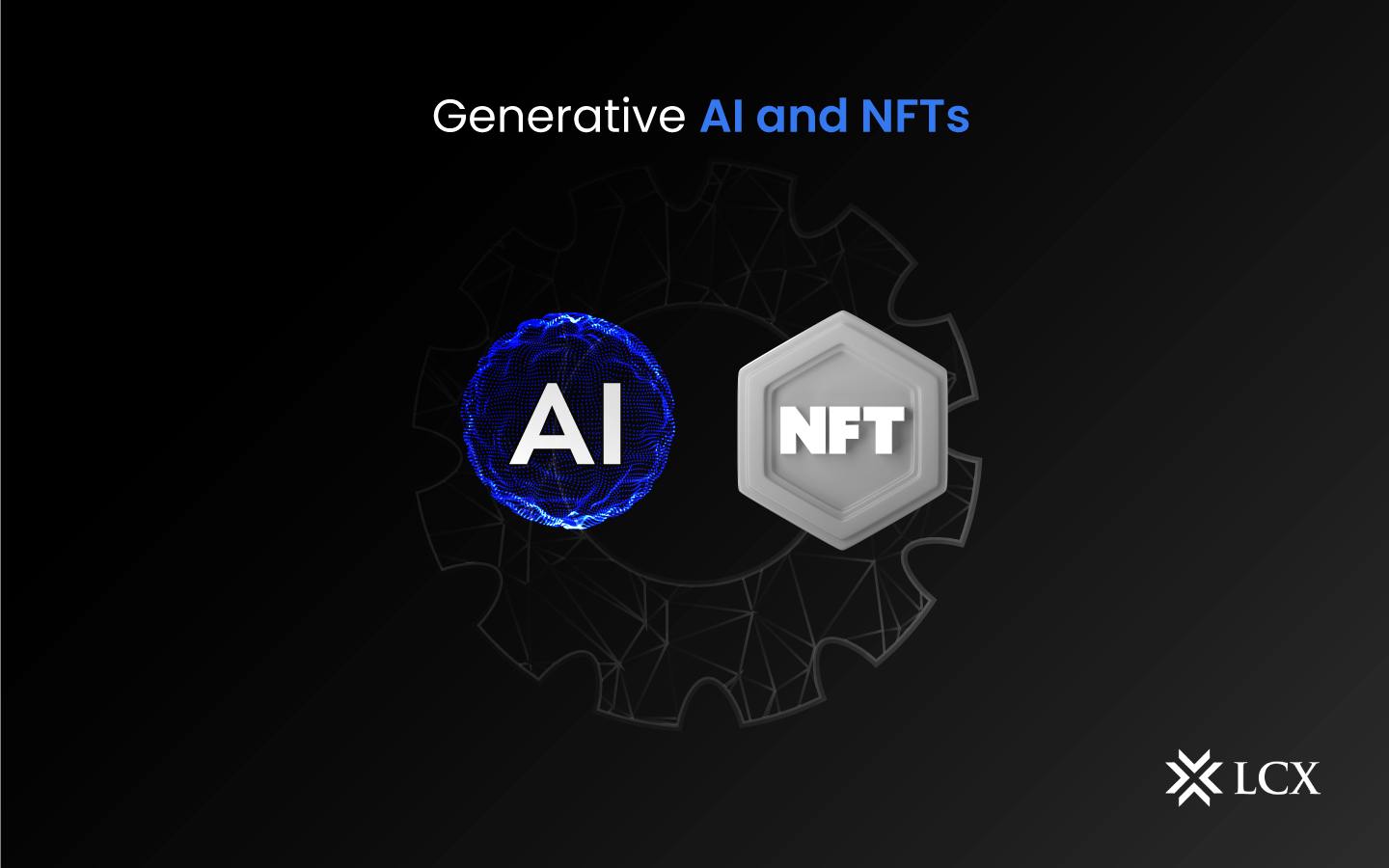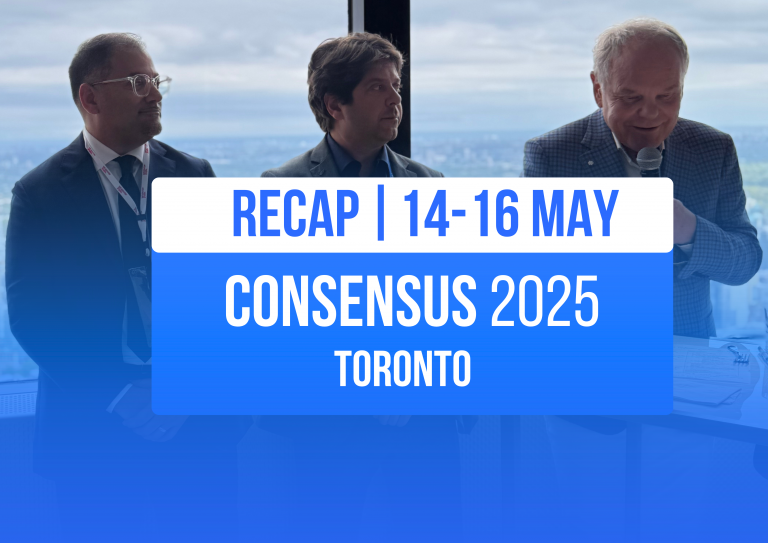With the introduction of generative AI and NFTs, digital artwork and collectibles underwent an enormous shift. These technologies offer untapped possibilities for innovation, imagination, and involvement, thereby redefining the art world. Artists, enterprises, and designers may unlock new opportunities for artistic expression, income generation, and engagement with audiences by leveraging the immense potential of AI and NFTs. This article will explore the potential of generative AI and NFTs, as well as how they are influencing the future development of digital collectibles.
ChatGPT has made a contribution to the evolution of copywriting and written material; however, what about the development of art and digital collectibles?
It takes a community to construct an NFT effort. They must be able to code, create art, write attractive stories, and market their ideas. In addition, they must comprehend the procedure for redeemables as well as how their NFT project will keep going after its initial release. As AI advances and assists experts in eradicating monotonous duties, however, we are observing an increase in NFTs generated by AI. So what is the point?
What are AI-generated NFTs?
AI is concerned with conducting thought processes similar to those of humans, such as acquiring knowledge and resolving issues. AI-generated NFTs are one-of-a-kind digital artworks generated with the assistance of artificial intelligence algorithms. Here, AI assumes the function typically occupied by the human creator. Similar to a conventional NFT, this can be used to generate images, audio, video, or text.
The concept of AI-generated art involves machine learning programmes that are capable of generating original works of art. Using a General Adversarial Network (GAN), the AI collects and processes enormous quantities of image data to achieve this goal.
However, AI-generated NFTs extend beyond art. This flexibility enables a high level of modification and customization of the ultimate product.
What are GANs?
GANs are able to learn how to generate new images by observing examples of previous creations. It is referred to as a competitive system because the algorithm consists of two competing components, like two unhappy digital artists. The generator is the first component of the GAN, and its purpose is to generate new artworks, such as portraits and landscapes. The image generator will generate random images and present them to the discriminator, the second component of the GAN.
The role of the discriminator is to determine whether each image is genuine (taken from an actual image dataset) or artificial (created by the maker). The system that discriminates continues to evolve as it begins to differentiate between genuine and artificial images.During this back-and-forth, the generator attempts to produce images that are so realistic that the detector cannot distinguish them from actual ones. Simultaneously, the discriminator becomes more adept at spotting fakes.
Ultimately, the generator becomes sufficiently artistic to produce new art that appears to be human-made. And this is how a GAN can be utilized to create AI art, which is distinct from human-made art.
The Connection between Generative AI and NFTs
The integration of generative artificial intelligence and non-fungible tokens has opened the pathway for an entirely new generation of digital collectibles. AI-generated art can be tokenized as NFTs, thereby creating distinct and interesting digital assets that can be purchased, sold, and traded across multiple platforms. The merging of creativity and technological advances is accelerating progress in the art world and opening up new revenue streams for artists.
In addition, AI-generated NFTs encourage new types of audience engagement. Digital artists are able to create exciting and immersive events, allowing collectors to participate in the creative process. These profound experiences can incorporate components such as augmented reality or virtual reality, blending the digital and physical worlds.
This synergy can be utilized by businesses and creative professionals to generate additional income and diversify their portfolios. By combining these two into their product lines, businesses can create and sell exclusive digital items, work with artists on limited-edition collections, and engage their audiences in novel ways.
Conclusion
The development of generative AI and NFTs has undoubtedly altered the art world, providing new opportunities for innovation, creativity, and engagement. The merging of these technologies is not only remaking the concept of digital collectibles but also reshaping how we create, consume, and interact with art. It is crucial for artists, enterprises, and creative individuals to recognize the endless possibilities of AI-generated NFTs as humanity becomes increasingly digitized. By doing so, they can open up new avenues for artistic expression, income generation, and audience participation, ultimately molding the next generation of digital collectibles and the art world.










